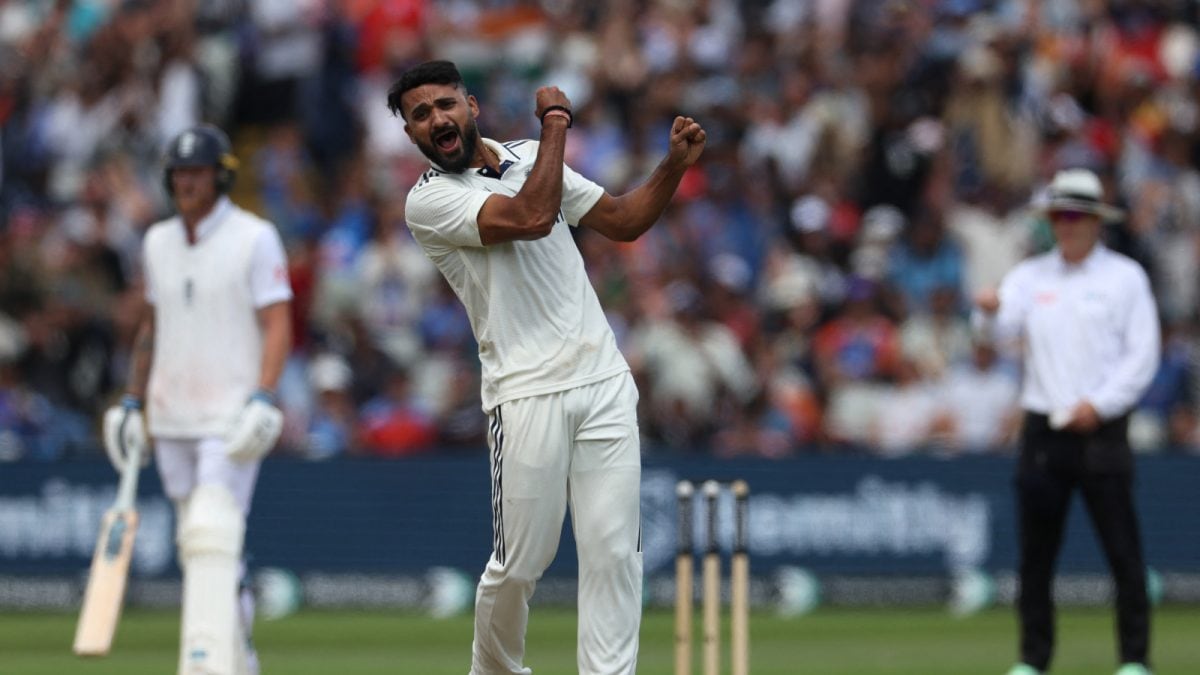Standout stats of the weekend

Stat of the WeekEllie Kildunne was the only player to carry for more metres (153m) than the height of Big Ben (96m). England carried for 546m collectively, 5m more than the tallest building in the US (One World Trade Centre Tower).When you get the ball in your hands and decide to carry it, you want to make sure you’re moving forwards with it. Kildunne did just that on Friday, carrying 18 times for 153m. She didn’t tire during the game either; she carried 10 times for 77m in the first half and eight for 76m in the second. If you were Samoa or Australia - their next two pool opponents - you might think that your best chance is to make sure Kildunne has a quiet day.Unfortunately though, as you can see, 393m were made by players other than Kildunne. Abby Dow made 91m and Megan Jones 52m, so it’s not just a case that Kildunne is the only weapon. Regardless, if you want to understand the impact a player, particularly a winger, has had on a match then the best place to start is their metres carried.Samoa yet so farSamoa had a real struggle on their hands in the first round as they went down 73-0 to Australia. Hidden among the stats though there are reasons for optimism, starting with the chances they create. In football, we have shots and we have shots on target, these tell you the obvious but also which team were able to create more opportunities.In rugby, our stat is 22m entries. That measures the number of times you get into your opposition’s 22m area and we can also measure how many points you make per 22m entry. The most 22 entries went to South Africa, who had 20 in their match against Brazil, though they scored only 3.3pts per entry which ranked behind Australia, England, New Zealand, and Canada.The eight victorious teams all ranked ahead of every one of the losing sides but among losing sides, Samoa’s nine 22 entries were joint top alongside Japan and Wales. That shows that the Samoans were creating opportunities, and they also ranked third for carries with 156. Against Australia this didn’t result in points, but the Samoans are laying the groundwork to get something out of their next match, the biggest test in world rugby: the Red Roses.Do Not EnterBad things happen when you miss tackles. Somebody else has to make the tackle on your behalf and that pulls them out of position, creating more opportunities for a line-break elsewhere. Spain attempted the most tackles (347) and made the most (286). That does mean, however, that they missed 61 tackles which was also the most. Of those 61 missed tackles, 27 led to clean breaks and 13 led directly to tries. On the other end of the table, New Zealand and Scotland missed just nine tackles, the fewest of any side.Scotland’s return was even more impressive as they attempted 174 tackles to the Black Ferns' 100. Neither side conceded any tries as a result of missed tackles, but Scotland did concede five clean breaks whereas New Zealand made sure those nine mistakes were quickly fixed with other players making the tackles immediately after. Both sides will be hoping to reach the play-offs and if they are to do so, that will come in large part thanks to their impenetrable defence.Width Wins?Not all teams want to attack the same way. Some like to spread the ball wide to fleet-footed players with plenty of space to run into, whereas others like to keep the ball tight and use powerful carries to push the defence back and wear them down.The USA lead the way in the first round with 50% of their attacking phases going through at least two passes compared to just 16% for bottom-of-the-pack Wales. It may sound like scoring tries would be easier if you passed the ball wider, but that’s not always the case.As the US found, when you move the ball wide you risk running away from your own team-mates and into an isolated spot where the defence can swarm on you. England went wide 44% of the time and New Zealand 45%, which were the other two teams in the top three. Whereas Australia, who won 73-0, went wide just 26% of the time - the 10th most.When we enter the knock-out phases, look to see teams opt for less width, choosing instead to punch the holes first with tight play before they spread it wide when they think they have their opponents on the ropes.












